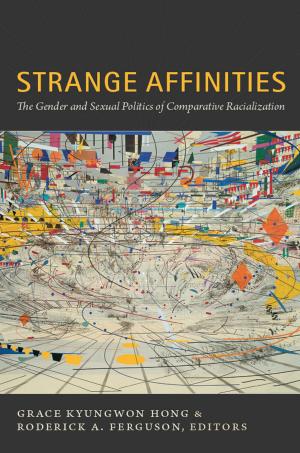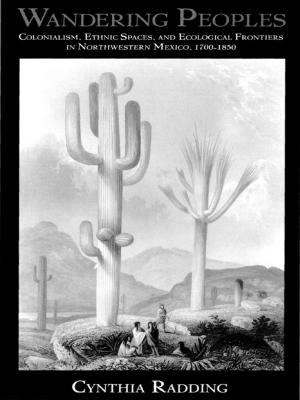Shaky Colonialism
The 1746 Earthquake-Tsunami in Lima, Peru, and Its Long Aftermath
Nonfiction, History, Americas, South America, Religion & Spirituality, Reference| Author: | Charles F. Walker | ISBN: | 9780822388920 |
| Publisher: | Duke University Press | Publication: | May 26, 2008 |
| Imprint: | Duke University Press Books | Language: | English |
| Author: | Charles F. Walker |
| ISBN: | 9780822388920 |
| Publisher: | Duke University Press |
| Publication: | May 26, 2008 |
| Imprint: | Duke University Press Books |
| Language: | English |
Contemporary natural disasters such as Hurricane Katrina are quickly followed by disagreements about whether and how communities should be rebuilt, whether political leaders represent the community’s best interests, and whether the devastation could have been prevented. Shaky Colonialism demonstrates that many of the same issues animated the aftermath of disasters more than 250 years ago. On October 28, 1746, a massive earthquake ravaged Lima, a bustling city of 50,000, capital of the Peruvian Viceroyalty, and the heart of Spain’s territories in South America. Half an hour later, a tsunami destroyed the nearby port of Callao. The earthquake-tsunami demolished churches and major buildings, damaged food and water supplies, and suspended normal social codes, throwing people of different social classes together and prompting widespread chaos. In Shaky Colonialism, Charles F. Walker examines reactions to the catastrophe, the Viceroy’s plans to rebuild the city, and the opposition he encountered from the Church, the Spanish Crown, and Lima’s multiracial population.
Through his ambitious rebuilding plan, the Viceroy sought to assert the power of the colonial state over the Church, the upper classes, and other groups. Agreeing with most inhabitants of the fervently Catholic city that the earthquake-tsunami was a manifestation of God’s wrath for Lima’s decadent ways, he hoped to reign in the city’s baroque excesses and to tame the city’s notoriously independent women. To his great surprise, almost everyone objected to his plan, sparking widespread debate about political power and urbanism. Illuminating the shaky foundations of Spanish control in Lima, Walker describes the latent conflicts—about class, race, gender, religion, and the very definition of an ordered society—brought to the fore by the earthquake-tsunami of 1746.
Contemporary natural disasters such as Hurricane Katrina are quickly followed by disagreements about whether and how communities should be rebuilt, whether political leaders represent the community’s best interests, and whether the devastation could have been prevented. Shaky Colonialism demonstrates that many of the same issues animated the aftermath of disasters more than 250 years ago. On October 28, 1746, a massive earthquake ravaged Lima, a bustling city of 50,000, capital of the Peruvian Viceroyalty, and the heart of Spain’s territories in South America. Half an hour later, a tsunami destroyed the nearby port of Callao. The earthquake-tsunami demolished churches and major buildings, damaged food and water supplies, and suspended normal social codes, throwing people of different social classes together and prompting widespread chaos. In Shaky Colonialism, Charles F. Walker examines reactions to the catastrophe, the Viceroy’s plans to rebuild the city, and the opposition he encountered from the Church, the Spanish Crown, and Lima’s multiracial population.
Through his ambitious rebuilding plan, the Viceroy sought to assert the power of the colonial state over the Church, the upper classes, and other groups. Agreeing with most inhabitants of the fervently Catholic city that the earthquake-tsunami was a manifestation of God’s wrath for Lima’s decadent ways, he hoped to reign in the city’s baroque excesses and to tame the city’s notoriously independent women. To his great surprise, almost everyone objected to his plan, sparking widespread debate about political power and urbanism. Illuminating the shaky foundations of Spanish control in Lima, Walker describes the latent conflicts—about class, race, gender, religion, and the very definition of an ordered society—brought to the fore by the earthquake-tsunami of 1746.















